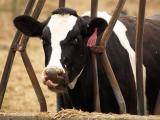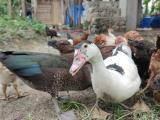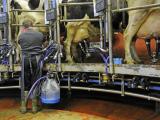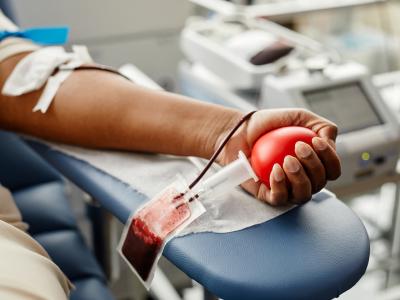Nov 15, 2004 (CIDRAP News) – The nature of the widespread avian influenza outbreaks in Asia points to the threat of a human flu pandemic that could rival the disastrous pandemic of 1918-1920, infectious disease expert Michael T. Osterholm, PhD, MPH, warned in a public forum in Minneapolis last week.
There are disquieting signs that the H5N1 virus circulating in Asian poultry flocks could do as much damage to humanity as the "Spanish flu" virus of 1918, said Osterholm, director of the University of Minnesota Center for infectious Disease Research and Policy (CIDRAP), publisher of this Web site.
The H5N1 virus has already killed 32 people in Asia, and disease experts say it could trigger a pandemic if it acquired the ability to spread easily from person to person. If that happened, said Osterholm, it's unlikely that an effective vaccine could be made available quickly.
"At minimum, assume we will not have a vaccine in the first 6 to 8 months of a pandemic," he told healthcare professionals at a clinical infectious disease conference Nov 12 at the Radisson Hotel Metrodome.
Osterholm spoke the same day the World Health Organziation (WHO) concluded a 2-day international conference on pandemic flu that drew about 50 vaccine company executives and government officials to WHO headquarters in Geneva, Switzerland. WHO officials at the meeting urged governments to invest in vaccine development to help head off a pandemic.
Osterholm said the 1918 pandemic caused "at least 40 million deaths, but probably closer to 100 million, if you talk to the historians." A disproportionate number of victims were healthy young adults, he added.
Given the lack of good defenses, Osterholm estimated that a 1918-like virus arising today could cause more than 1.7 million deaths in the United States and as many as 177 million worldwide. (Editor's note: The estimate of 264 million deaths that was originally published here was later recalculated to adjust for age.) The US death toll in 1918 was about 500,000.
In 1918, he said, flu victims suffered severe lung damage that led to acute respiratory distress syndrome and often died within 48 hours, he said. Further, it was the virus itself, rather than a secondary bacterial infection, that led to death in many cases.
Osterholm cited signs that the H5N1 virus could cause the same kind of severe disease as the 1918 H1N1 virus if it triggered a pandemic. He said researchers recently have largely recreated the 1918 virus by sequencing its genome from preserved tissue samples from victims of the pandemic.
In lab experiments, researchers have spliced key genes from the 1918 virus into present-day flu viruses and then exposed mice to the genetically engineered viruses, Osterholm said. Viruses that normally wouldn't harm the mice have been rendered lethal by this procedure. "It's not only killing the animals, but the pathology is identical to what we saw in 1918" and in human cases of H5N1, he said.
Further, Osterholm said studies of the H5N1 virus isolated from recent human patients point to a gene that causes a "cytokine storm"—a flood of molecular messengers triggering inflammation—similar to what was seen in the 1918 victims. In effect, the body's immune system response to the infection, rather than the infection itself, is what makes the situation so dangerous. It also explains why healthy young adults, with their robust immune system, may be at particular risk.
Multiple obstacles would make it next to impossible to produce an effective vaccine and make it rapidly and widely available if a pandemic began now, according to Osterholm.
The world's total production capacity is about 300 million doses, with manufacturers concentrated in just nine countries. With current technology, it takes 6 months or more to grow flu vaccines in chicken eggs, and the yield from a given number of eggs is no more predictable than a corn crop.
"Production capacity will not increase significantly in the next several years," Osterholm predicted. He said vaccine makers want to develop a cell-culture method of producing flu vaccine and are unlikely to spend money to increase production with the traditional egg-based technology.
The National Institutes of Health is developing a vaccine for the H5N1 virus, with Aventis Pasteur under contract to make 2 million doses. But Osterholm said the immunogenicity (ability to trigger an immune response in laboratory tests) of the candidate vaccine "has been poor."
"The earlier versions of this [vaccine] are not protective against the current strains," he said.
In the early stages of a pandemic, he concluded, "I don't believe we'll have a pandemic influenza vaccine of any substantial nature."
He added that while antiviral drugs such as oseltamivir could be helpful in fighting a pandemic virus, they would be in short supply.

















